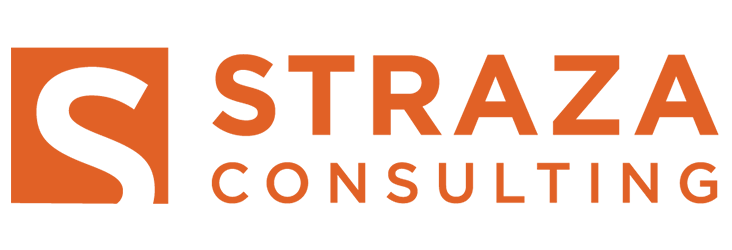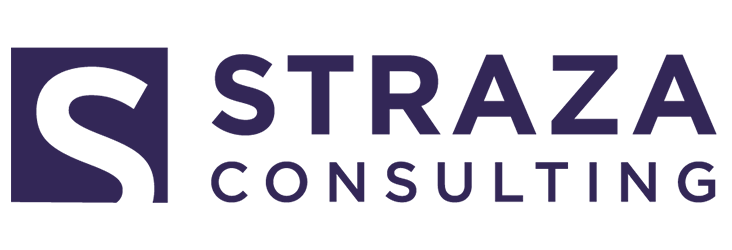
19 Jun Operational Efficiency Checklist for COO Success
Any executive understands that no two days (or hours, for that matter) are the same. Things continuously pop up and need to be dealt with in an efficient manner. C-suite leaders are masters of the pivot!
Still, there are foundational components leadership must keep in mind. As a fractional COO, here is my “Operational Efficiency Checklist” (not in order of importance).
10-Part Efficiency Checklist
1) Streamline Processes. Simplify and harmonize the company’s operations by identifying bottlenecks and redundancies, and implement streamlined workflows. This enhances productivity and reduces unnecessary costs, enabling the organization to deliver value efficiently.
2) Define and Track KPIs. Establish key performance indicators (KPIs) that align with the company’s goals. Regularly monitor these metrics to evaluate the organization’s performance and make data-driven decisions that contribute to operational efficiency.
3) Optimize Resource Allocation. Ensure that the company’s resources—be it human, financial, or technological—are allocated optimally to maximize output. Regularly assess resource utilization and reallocate based on current priorities and objectives.
4) Foster a Culture of Efficiency. Cultivate an organizational culture that values efficiency. Encourage employees to seek ways to improve their work processes and reward those who contribute to enhancing productivity. This instills a mindset of continuous improvement across the organization.
5) Continuously Improve. Adopt a proactive approach to identifying opportunities for improvement. Utilize feedback, performance data, and employee insights to make iterative changes that enhance your operations over time, ensuring that your company remains competitive.
6) Leverage Data. Use data analytics to gain insights into operations. From understanding customer preferences to evaluating supply chain performance, data-driven insights allow for informed decisions that can significantly improve operational efficiency.
7) Implement Agile Methodologies. Adopt agile principles to make the organization more adaptable and responsive to change. This involves breaking work into smaller, manageable pieces and encouraging cross-functional collaboration, which ultimately leads to faster and more effective problem-solving.
8) Monitor Industry Trends. Keep an eye on industry trends and best practices. Being aware of the latest technologies, market demands, and competitor strategies can provide valuable insights, helping the organization adapt and stay ahead.
9) Regularly Review and Audit. Conduct regular reviews and audits of operations to ensure compliance with internal standards and external regulations. This not only mitigates risks but also identifies areas where efficiency can be further enhanced.
10) Foster Communications and Collaboration. Encourage open communication and collaboration among teams. When information and knowledge are shared freely, it leads to innovative solutions and ensures that everyone is aligned with the organization’s goals and objectives.
Is there one (or two) that really stand out to you as a CEO or other C-suite leader? Which one(s)? If you’re curious how all of these combine to uplevel business success, I’d love to have a conversation with you.
You can contact me here via my website or email me directly at michael@consultstraza.com.



Sorry, the comment form is closed at this time.